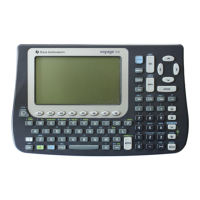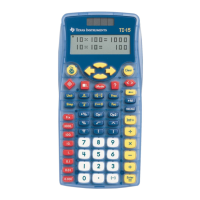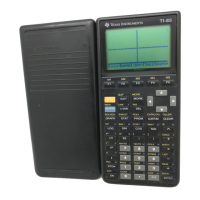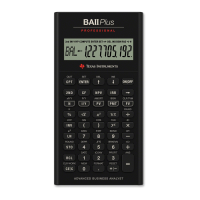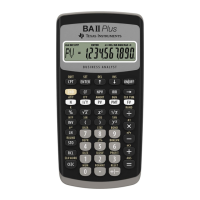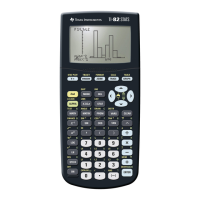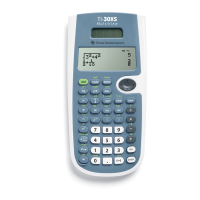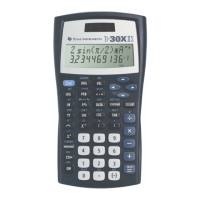Appendix A: Functions and Instructions 855
product(
matrix1
[
, start
[
, end
]]) ⇒
⇒⇒
⇒
matrix
Returns a row vector containing the products of
the elements in the columns of
matrix1
.
Start
and
end
are optional. They specify a range of rows.
product([1,2,3;4,5,6;7,8,9]) ¸[28
product([1,2,3;4,5,6;7,8,9],
1,2)
¸ [4,10,18]
Prompt CATALOG
Prompt
var1
[,
var2
] [,
var3
] ...
Displays a prompt on the Program I/O screen for
each variable in the argument list, using the
prompt
var1?. Stores the entered expression in
the corresponding variable.
Prompt must have at least one argument.
Program segment:
©
Prompt A,B,C
©
EndPrgm
propFrac() MATH/Algebra menu
propFrac(
expression1
[,
var
]) ⇒
⇒⇒
⇒
expression
propFrac(
rational_number
) returns
rational_number
as the sum of an integer and a fraction having the
same sign and a greater denominator magnitude
than numerator magnitude.
propFrac(4/3) ¸ 1 + 1/3
propFrac(
ë 4/3) ¸ ë 1ì 1/3
propFrac(
rational_expression,var
) returns the sum
of proper ratios and a polynomial with respect to
var
. The degree of
var
in the denominator exceeds
the degree of
var
in the numerator in each proper
ratio. Similar powers of
var
are collected. The
terms and their factors are sorted with
var
as the
main variable.
If
var
is omitted, a proper fraction expansion is
done with respect to the most main variable. The
coefficients of the polynomial part are then made
proper with respect to their most main variable
first and so on.
For rational expressions,
propFrac() is a faster
but less extreme alternative to
expand().
propFrac((x^2+x+1)/(x+1)+
(y^2+y+1)/(y+1),x)
¸
propFrac(ans(1))
PtChg CATALOG
PtChg
x
,
y
PtChg
xList
,
yList
Displays the Graph screen and reverses the screen
pixel nearest to window coordinates
(
x
,
y
).
Note:
PtChg through PtText show
continuing similar examples.
PtChg 2,4
¸
PtOff CATALOG
PtOff
x
,
y
PtOff
xList
,
yList
Displays the Graph screen and turns off the
screen pixel nearest to window coordinates
(
x
,
y
).
PtOff 2,4 ¸

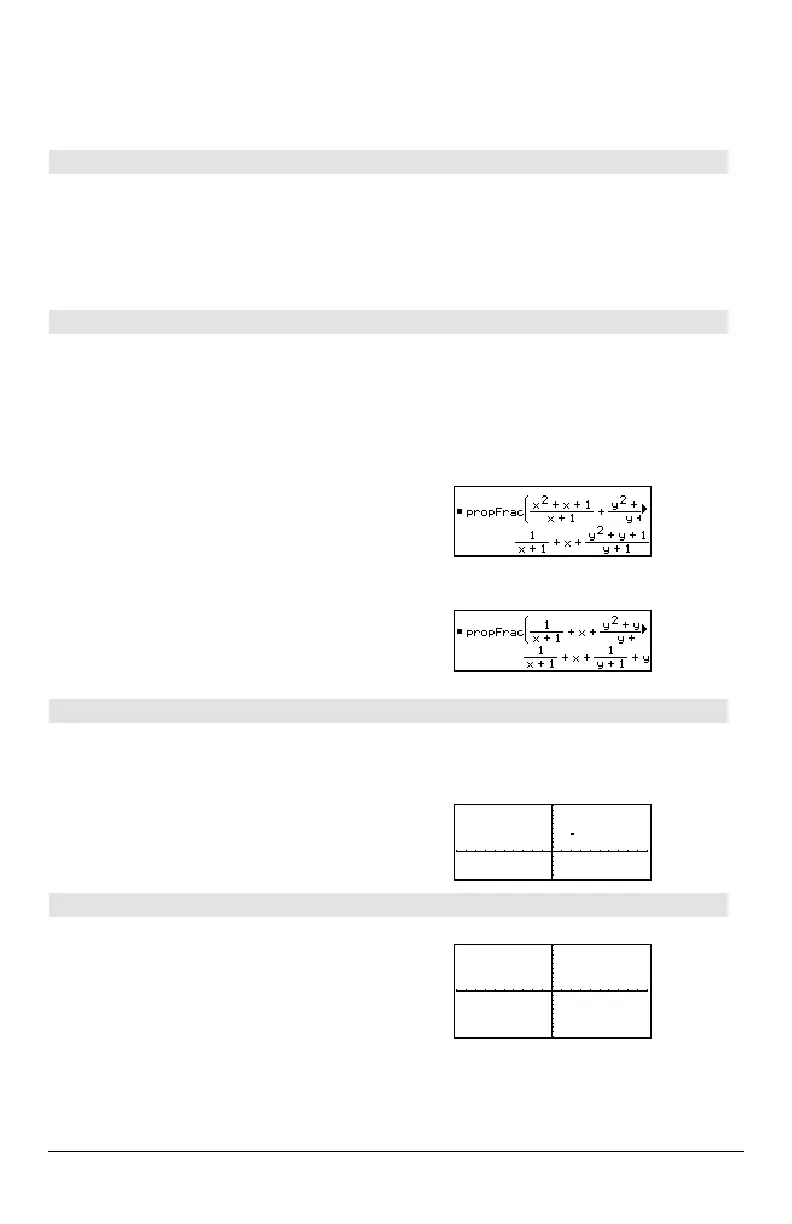